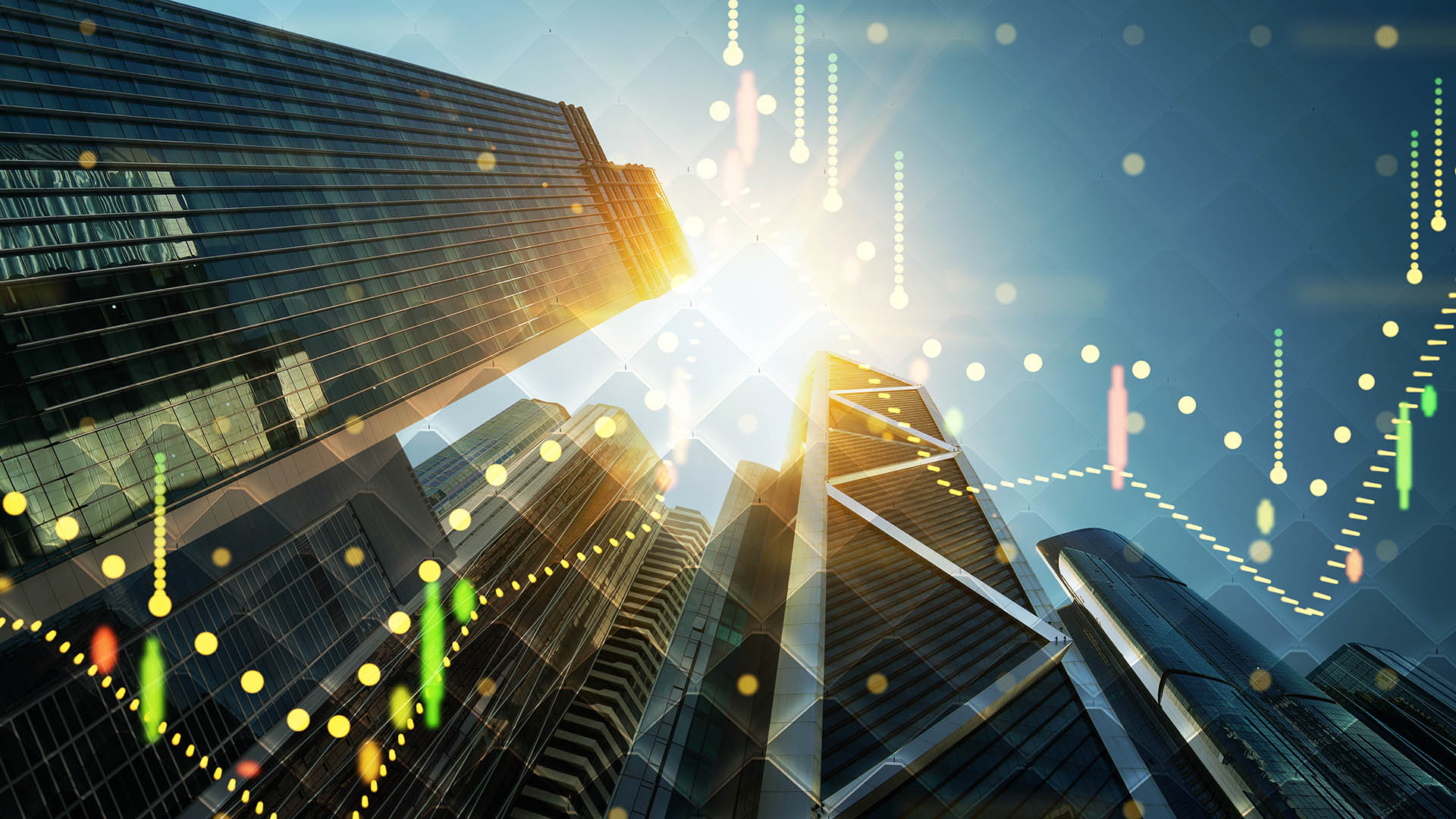The US will hold the attention of markets and investors around the world for a second week – not so much for what President Biden does but for some key data releases, meetings and earnings reports.
The Fed meets this week (see separate story) and economists don’t expect the Fed to take any action or change in its dovish tone when it releases its statement early Thursday morning after a two-day meeting.
The AMP’s Chief Economist, Dr Shane Oliver says the Fed “is expected reiterate that rate hikes are not expected until full employment has been reached and inflation is at target with expectations of a moderate overshoot and that it will continue to buy bonds at the current pace until substantial further progress is made towards full employment and price stability.”
“Fed Chair Powell is likely to remain very dovish stressing that now is not the time to be talking tapering,” Dr Oliver wrote in his weekend note.
The Fed also releases its latest forecasts for the US economy and interest rates (via the co-called ‘dot plot’).
Economists are wondering how the Fed will describe the strength of the labour market and retailing – the two are the big weak points currently.
And inflation fears will get a run because the silly billies in US markets are all worried again about rising prices and bond yields are rising as a result.
Fed chair, Jay Powell will undoubtedly be asked Wednesday afternoon about inflation, which is increasingly being priced into market expectations.
A day earlier the first estimate of the December quarter GDP and growth for 2020 will be issued.
Dr Oliver says there will be a clear slowdown.
He wrote at the weekend that growth will be around +4.8% annualised (or +1.2% quarter on quarter) after the reopening rebound of +33.4% annualised in the September quarter (8% plus quarter on quarter).
There is also durable goods data Wednesday and personal income and spending data on Friday. The December data was not included in the GDP estimate but will be part of the second estimate to be released at the end of February.
The Fed’s favourite inflation gauge, the PCE deflator will also released Friday.
The flow of US December quarter earnings reports accelerates this week (See separate story). A quarter of the S&P 500 companies are due to report. 66 reported last week. Analysts say earnings are looking a little better than expected.
“While consensus estimates have now improved to a 7% year on year decline, strong business conditions readings and results so far point to earnings being roughly flat or slightly up on a year ago,” Dr Oliver wrote on the weekend.
Eurozone economic confidence is out on Thursday and is likely to remain softish for January (Thursday).
Japanese industrial production data for December is expected to rise but jobs data may be a bit soft (both due Thursday)
In Australia’ the December quarter CPI is due Wednesday and Dr Oliver says it is expected to rise by 0.7% quarter on quarter and 0.7% year on year.
Dr Oliver says underlying inflation is expected to remain weak at just 0.4%qoq or 1.1%yoy reflecting weak food prices, lower clothing prices, falling rents and ongoing spare capacity in the economy.
Business conditions in the December NAB survey (Wednesday) are likely to have remained solid and December and 2020 credit growth data on Friday from the Reserve Bank is like to show more signs of a bottoming, according to Dr Oliver.












